Nature reports
Category: Climate
Page 2 of 12 - 113 Results
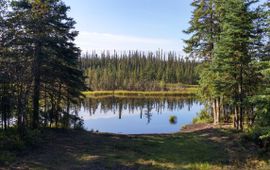
The extensive northern forests of Canada, Alaska and Siberia are about to fundamentally change their tree density because of climate change. According to a new study led by researchers from Wageningen University & Research, this..
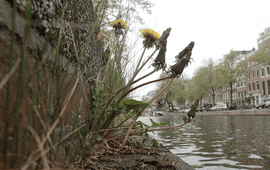
City dandelions grow better in hot summers and flower better after mild winters than their rural counterparts, according to research by the Netherlands Institute of Ecology (NIOO-KNAW) that compared dandelions from the centre of..

The United Nations' sustainable development goals can be achieved by relying extensively on the use of microorganisms such as bacteria, fungi and viruses. This was written by an international group of scientists, including Jef..

Oystercatchers will decline by 56 to 79 percent on three Wadden Islands over the next hundred years. This is according to results from James Cook University in Australia which continues on previous research by the Netherlands..
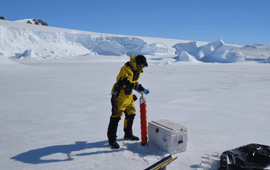
Scientists from the University of Amsterdam and University of Groningen are going to investigate micro-algae in the sea around Antarctica and their role in global cycles of carbon and sulphur. These algae form the basis of the..
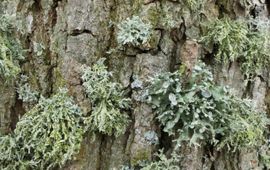
The heat gradient in urban areas has affected the biodiversity of plants and animals. Yet, how it affects the hidden urban biodiversity, such as bacteria in soil and lichens, is still virtually unknown. This new study shows that..
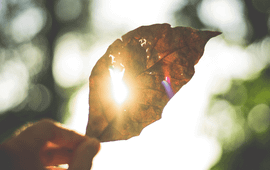
The University of Aruba and Utrecht University recently published their 2024 collection of research papers addressing challenges faced in Aruba. One hot topic this year was presented by Shanisse Franken, concerns how urbanization..
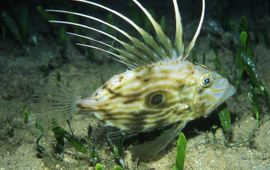
Over the past forty years, the Atlantic Ocean has experienced a tropicalization, with an increase of warmer-water species. The Mediterranean and the Baltic Sea, where warming has been more rapid, have seen a marked decline in..
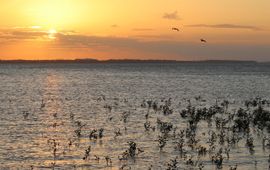
A large quantity of fossils from the period just before and during the last ice age have been discovered in French Guiana. The area changed from a species-rich mangrove system to a dry grassland savannah in a relatively short..

Iron that fertilizes the waters around Antarctica mostly comes from the deep, upwelling waters and the sediments there. That is shown by field research of NIOZ marine biogeochemist Hung-An Tian in the Amundsen Sea and the Weddell..
